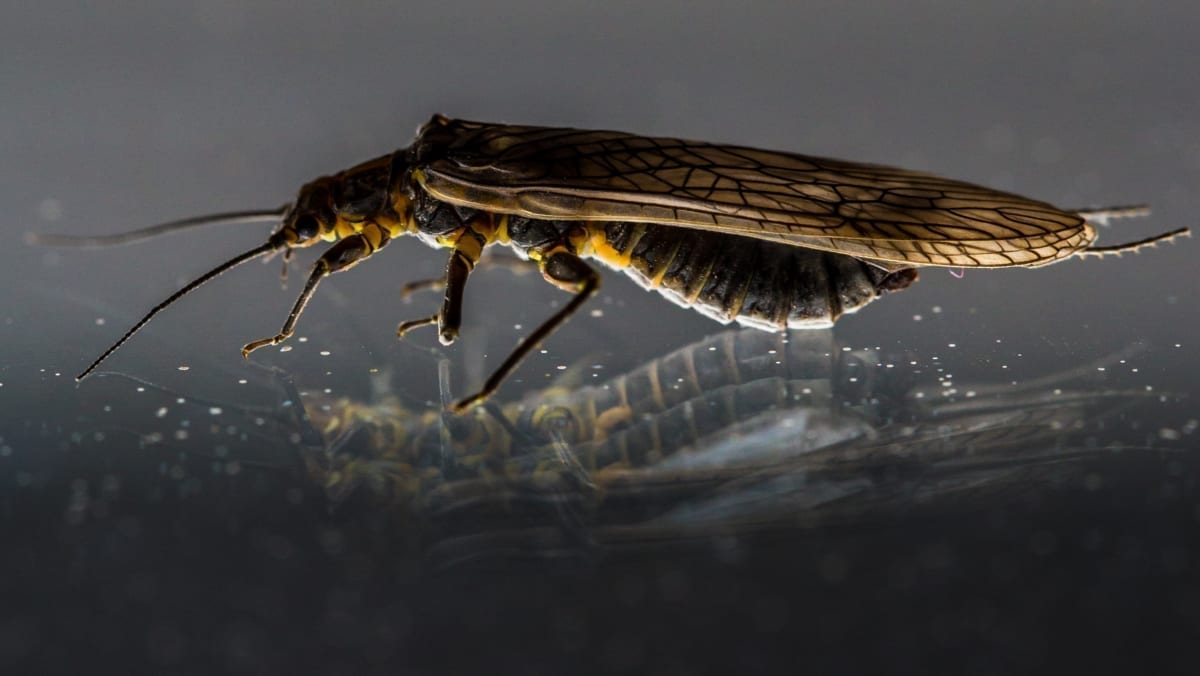
Blue, cloudless Montana sky allows you to spot a large rainbow trout laid up parallel to an undercut bank, sipping spent Pale Morning Dun spinners that drift down the foam line to its holding zone. Beautiful, slow rises let you know it is a seasoned trout that isn’t going to waste energy to capture a meal. You put several of your best drifts with a reach mend right over the nose of your prey. You are certain the fly didn’t drag, the leader is light enough, the trout hasn’t seen anyone else’s fly, and yet your offering is refused. Now what?
In the course of a season an angler in Western Montana will see this scenario unfold in many different iterations. Creativity and an ability to think outside the box can be helpful for ultimately slipping the net under a crafty opponent. This is where it is effective to employ the over/under method. All the aforementioned refers to is picking a food item that is well above what the abundant food item is or going well below the size of your current offering especially when a concurrent hatch is present. Oversizing your presentation presents unique advantages of triggering a vicious strike, allowing for a stout leader, and lessening the necessity of a dead drift. This may look like twitching a golden stonefly pattern over the head of the rainbow trout sipping PMD’s, or a grasshopper in early August through the domain of a heavy brown trout thought to be to keyed in on a mat of tricos. Completely switching disciplines to present a big meal has produced fantastic results. Throwing a streamer to rising fish triggers a fight or flight response, with the angler unlikely to get a second shot. However, when it works you often catch the largest fish in the pod and the take is unmistakable. Downsizing your fly and tippet strength can result in more confident takes. If you find yourself in a situation where your #14 Mahogany is not creating a bent fly rod even when they are all over the water, try throwing a #18 Baetis dun to the same fish and see if you a rewarded with a willing trout. Often times the most obvious hatch has been present in the water column for a long time and the fish have moved on to the next aquatic insect without many external clues.
The next time you find yourself stuck on a rising trout, let your curiosity take hold. Allow yourself the opportunity to create a high five worthy moment in the boat, because difficult trout can be the most memorable of your trip.
-Caleb Garrett


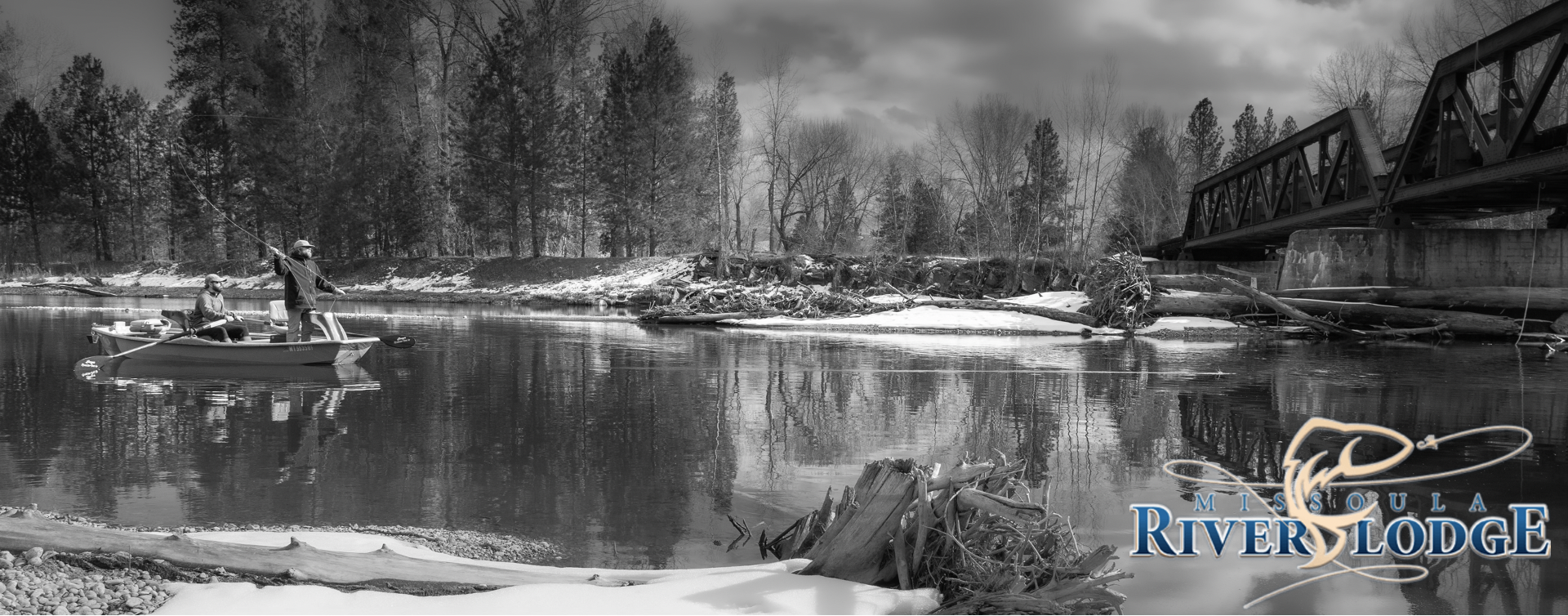
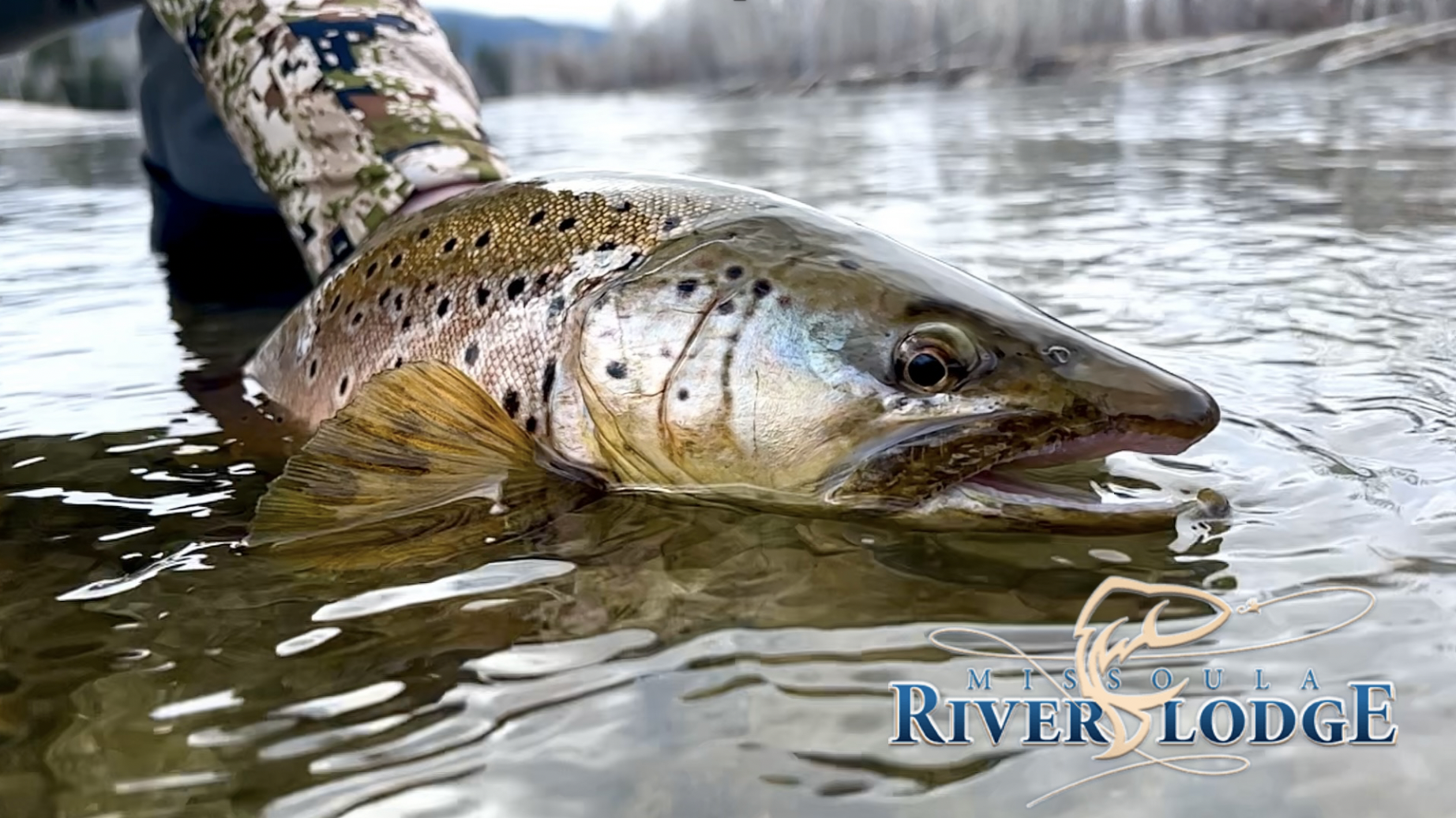
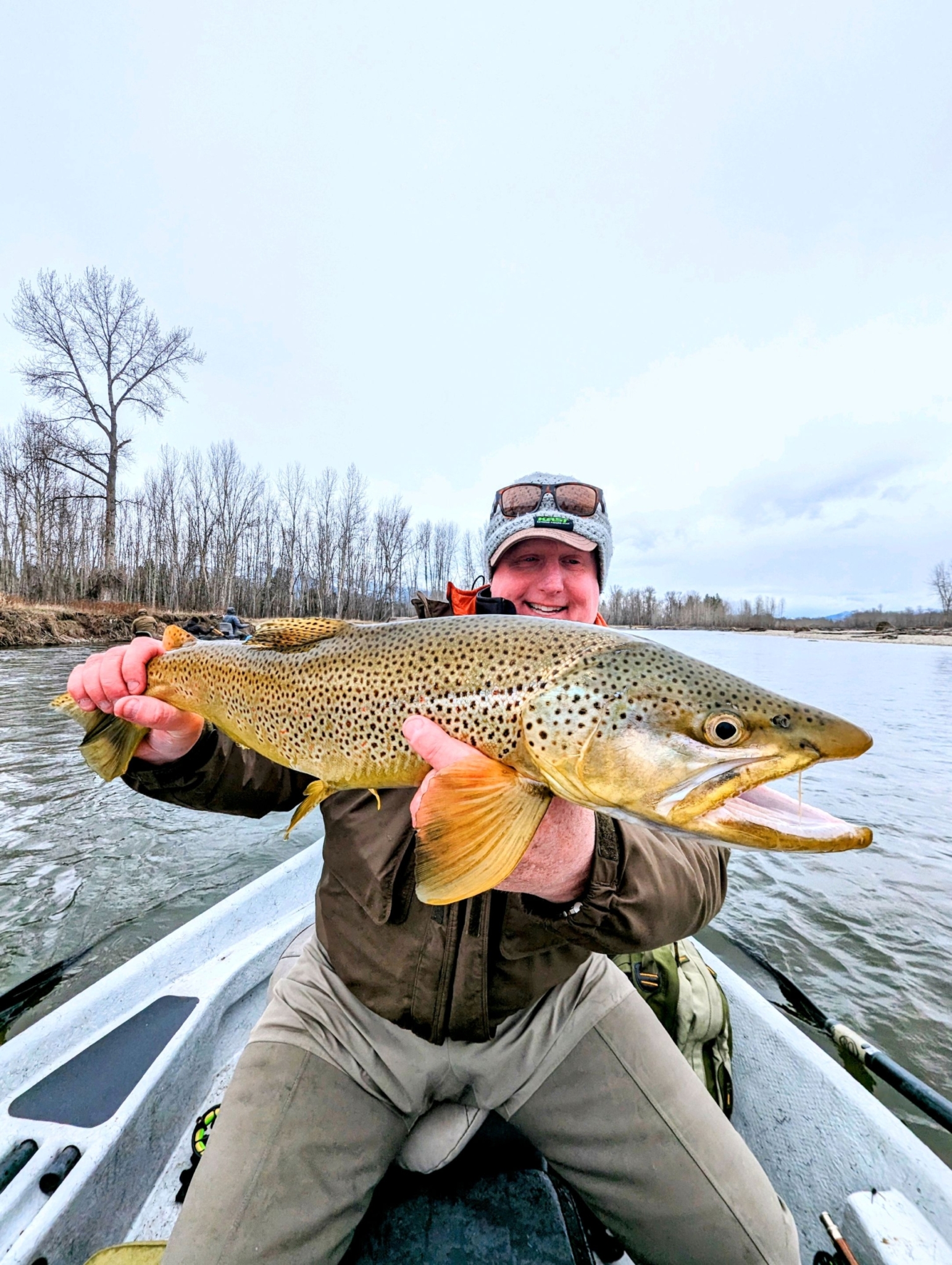
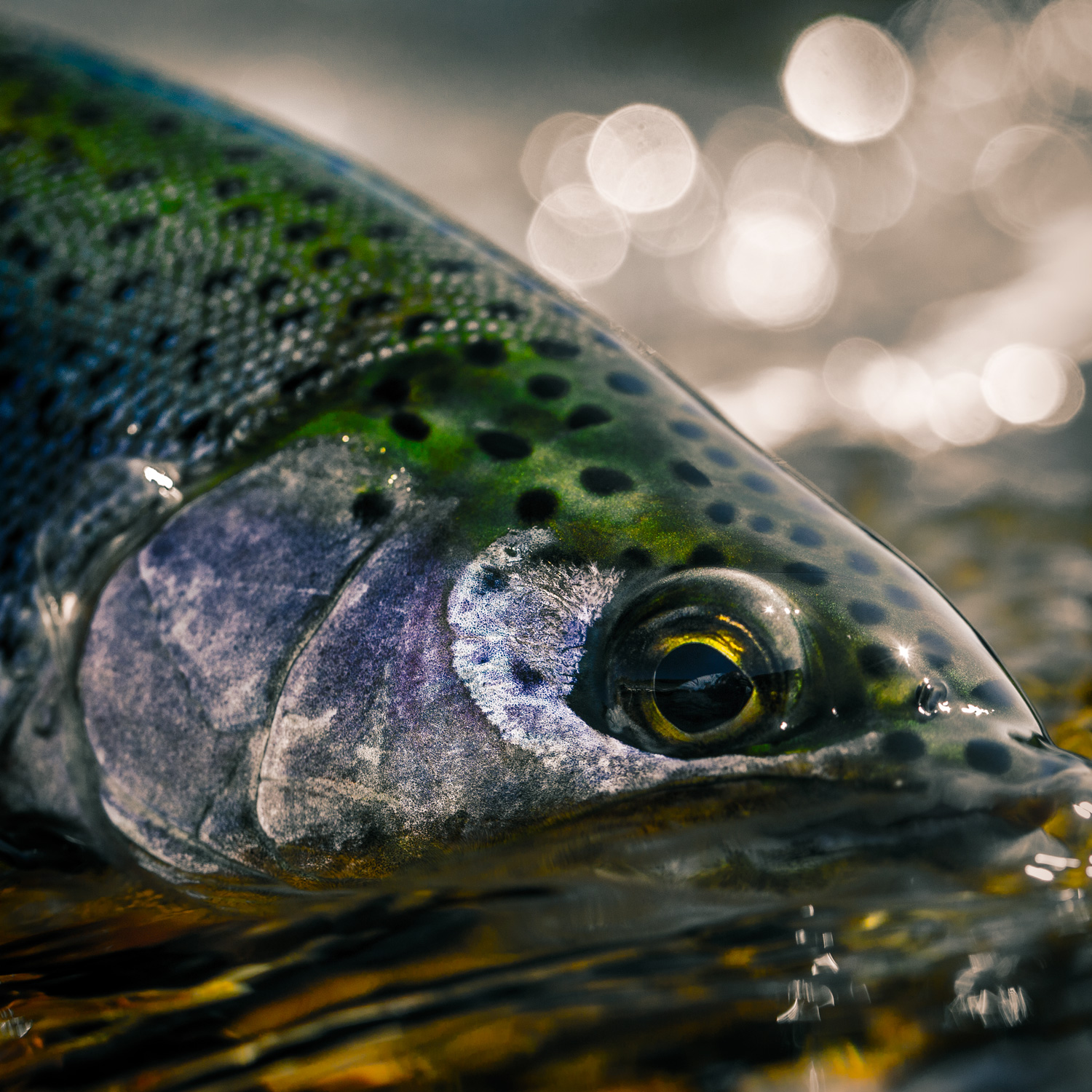
Leave A Comment
You must be logged in to post a comment.